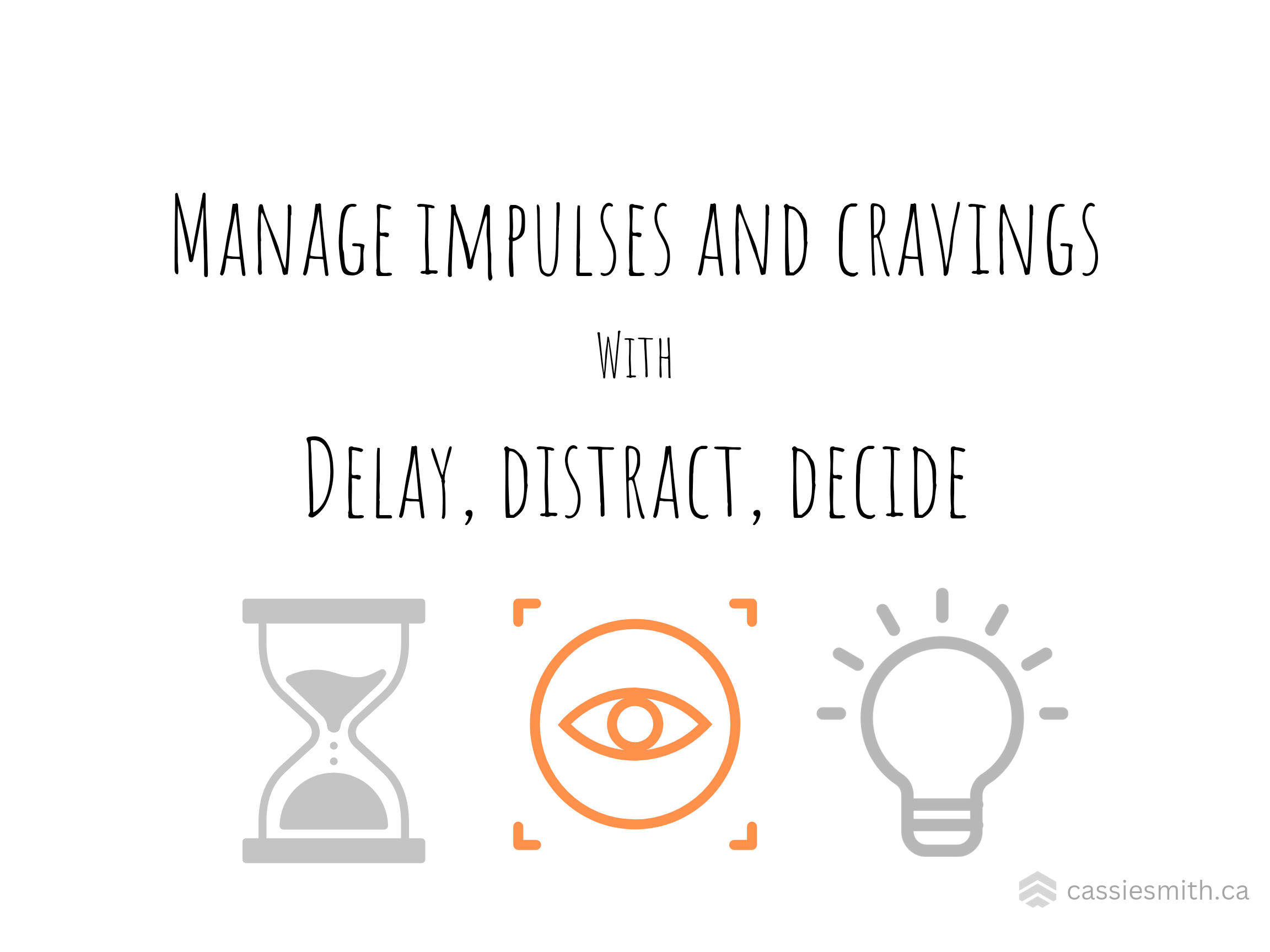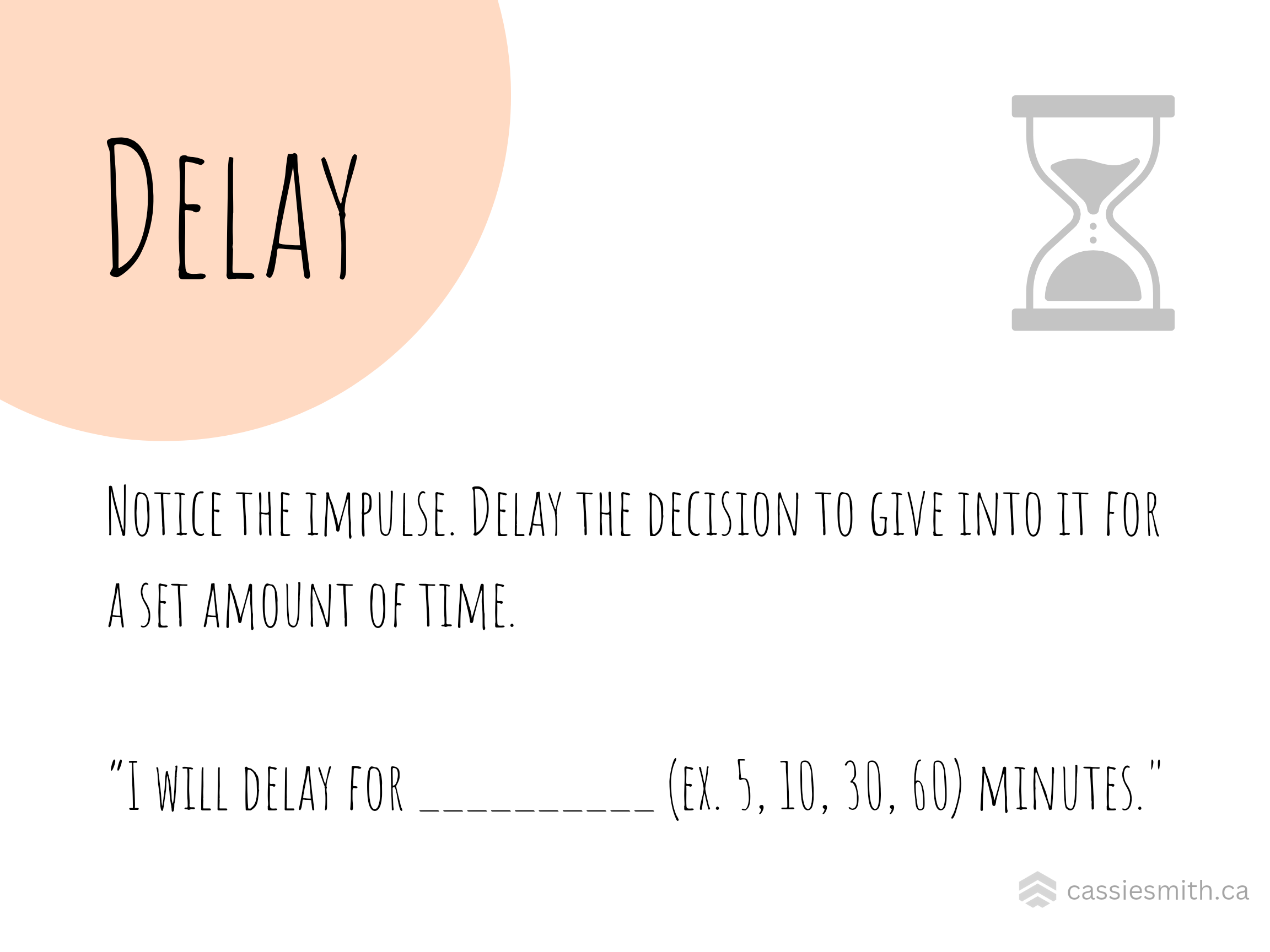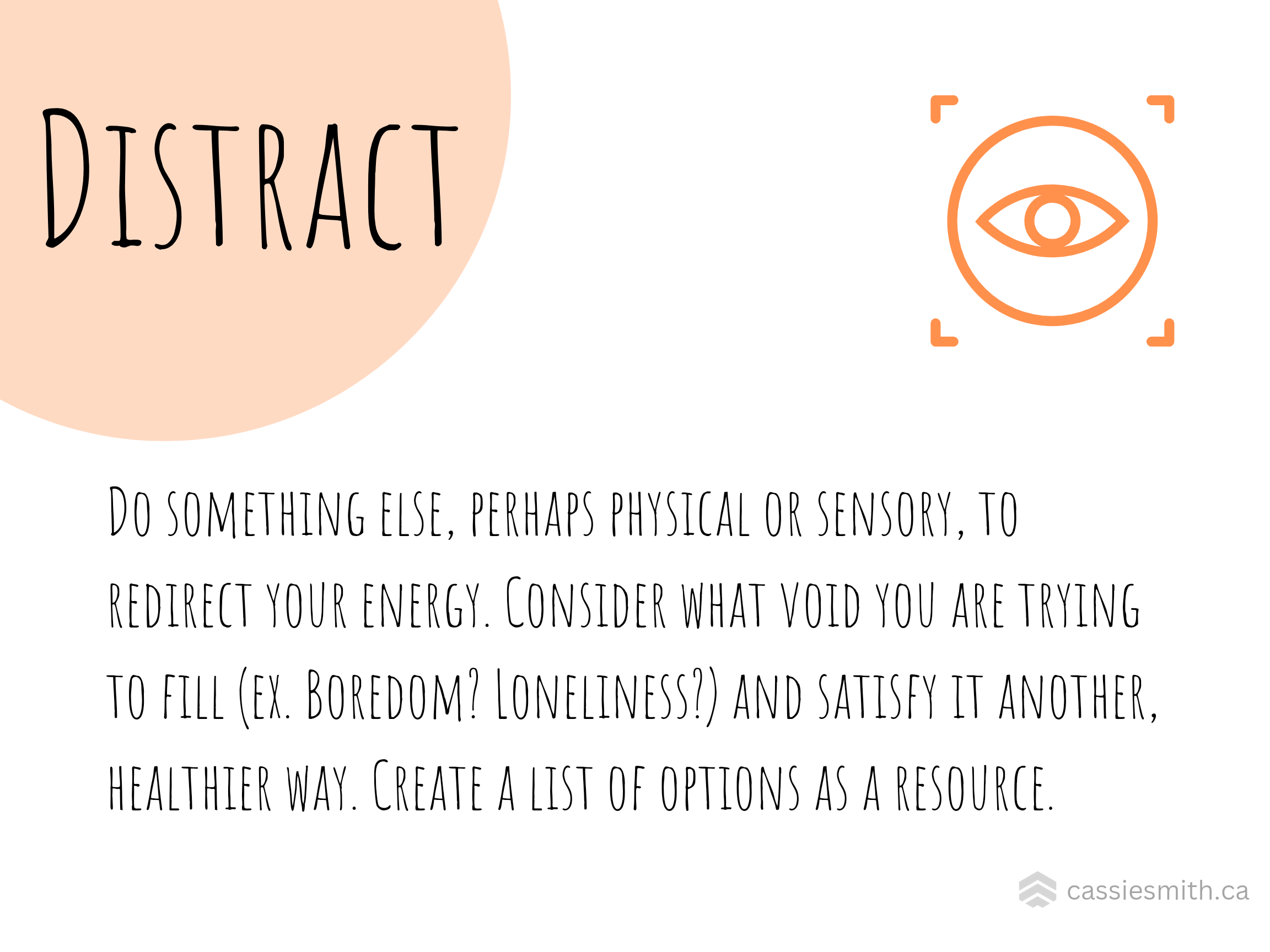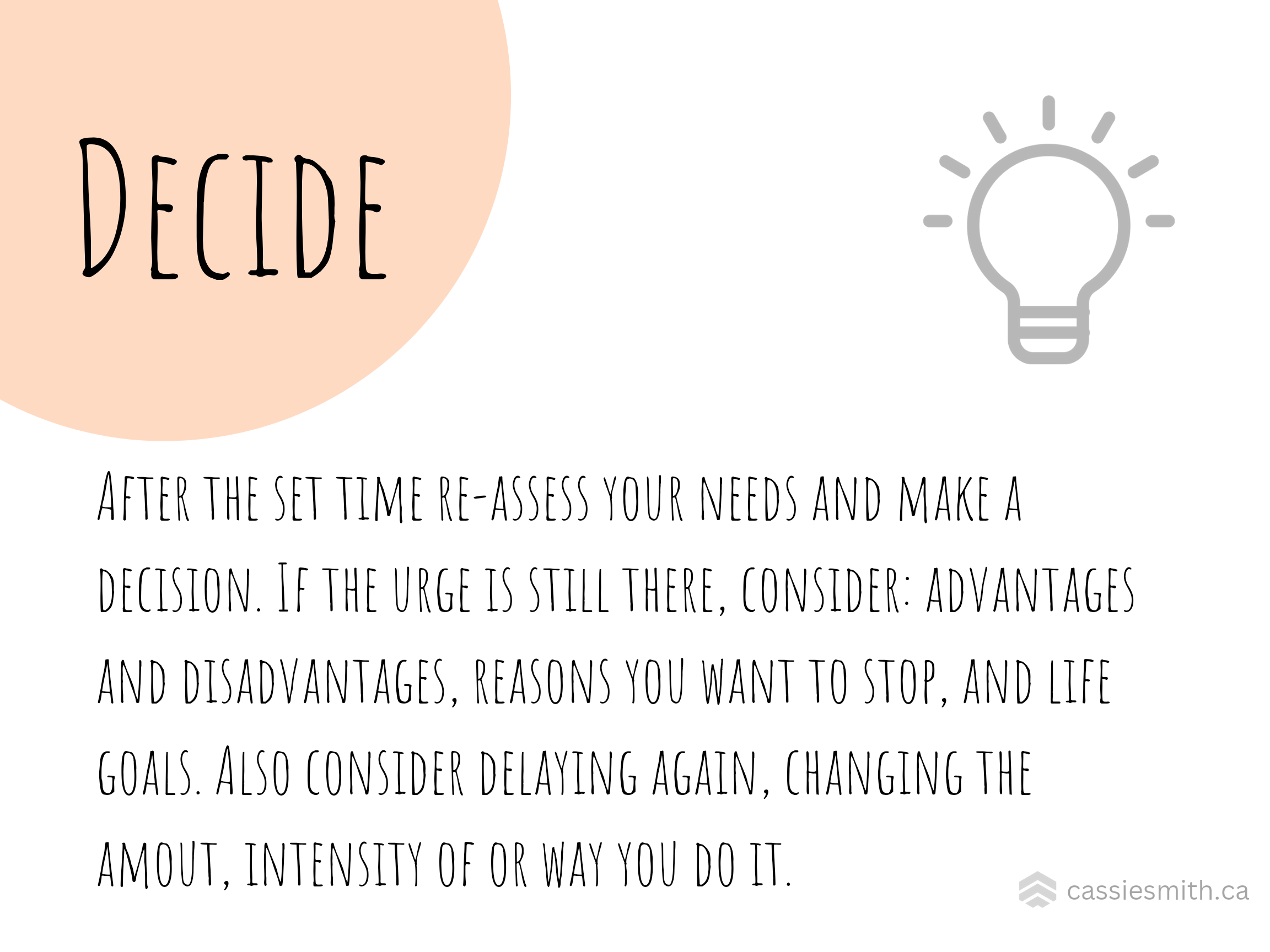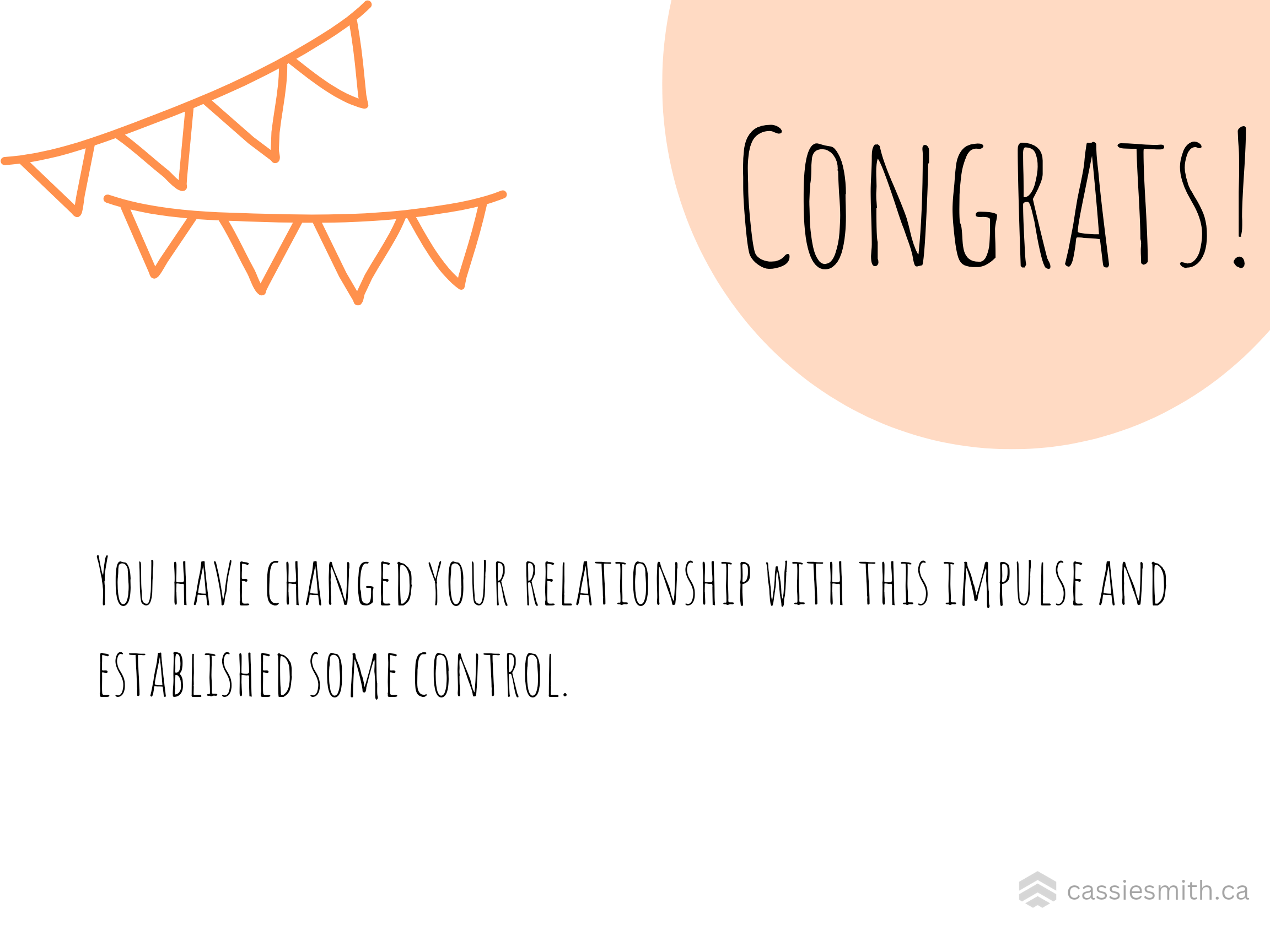Navigating Goals: Approach-Avoidance Theory
Have you ever considered what forces are at work in pulling you towards and/or away from different decisions in goal-directed behaviour? In pursuit of bigger goals we have to make many smaller decisions that shape our actions along the way. These decisions include an element of stress, be it big or small, as we feel as we find ourselves torn between multiple pathways.
Understanding Approach-Avoidance Theory, first introduced by the late social psychologist Kurt Lewin, may be something you find helpful and interesting in navigating this process.
Approach and Avoidance
To approach something is to move towards it, while to avoid something means to move away from it. It is impossible to do these two actions simultaneously (though some quantum physicists might debate/disprove this, we’re sticking to the basic laws of physics for now).
Approach-Avoidance Conflict
This is a conflict we feel when a goal has both desirable and undesirable elements to it that create a tension within us of competing compulsions to both move away from and move towards the goal. An example of this might be applying for a new job which comes with desirable elements (more rewarding work, higher pay) as well as undesirable elements (relocation, time and energy to apply).
Approach-Approach Conflict
We experience an approach-approach conflict when competing pathways both/all have desirable outcomes attached to them. An example of this would be considering whether to vacation in Tuscany or Hawaii. And while yes, some may argue there are pros and cons to both, ultimately the options are “options” (not “mandatories”) with primarily positive outcomes and desirable features.
Avoidance-Avoidance Conflict
Alternatively, avoidance-avoidance conflicts are when the competing pathways both/all have negative features and outcomes associated with them. For example, an injured runner having to decide to stop her race or continue and risk further injury. A pathway must be chosen and none are desirable.
Double Approach-Avoidance Conflict
Double approach-avoidance conflicts reflect situations where the possible pathways that exist all have desirable and undesirable outcomes attached to them. These conflicts can be more complex and more challenging to navigate.
Conflict Navigation
So, how do we navigate our way forward as we face these situations and what influences our process? A few things to note include:
Many situations we face have multiple pathways (are non-binary) and we can often fall into a thinking trap assuming it is binary when it is not.
Needs and desires play a facilitating role - what do we actually want out of each pathway? From the first example, the need for change, need for novelty, or need for increased income may play facilitating roles.
Magnitude of valence - that is, the extent to which an emotion is positive or negative, also plays a facilitating role. In the last example, need to prove oneself in athletic performance vs need to stay uninjured in the coming months may play a facilitating role.
Psychological distance, how close or far one feels from a pathway or phenomenon. In the second example, it may be a short flight or easy booking process to go to Hawaii vs a longer flight or more complicated process to visit Tuscany.
Goal Navigation
So how do approach-avoidance theory and conflict navigation relate to your goals? Knowledge is power, so understanding what dynamics are at play and how they compel us to act allows us to be active decision-makers versus passive participants as we approach decision pathways leading us towards the things we want.
Today’s Resource:
This is a strategy I learned in my early years as a counselling psychology graduate student and it is a helpful practical tool managing urges and impulses. The exercise is called “Delay, Distract, Decide”.
